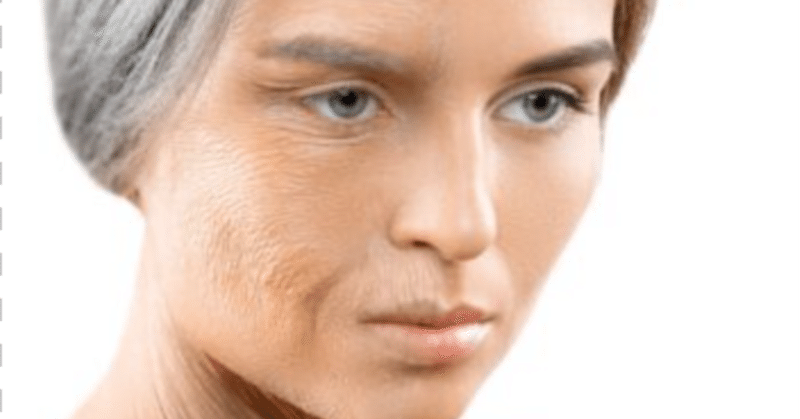
【Doctor commentary】Main Symptoms of Photoaging in the Epidermis
Aging is a phenomenon that occurs over time, and it is neither inherently good nor bad. In contrast, "aging" refers to the decline in biological functions due to the passage of time. Aging seen in exposed areas is called "photoaging," which is different from the "intrinsic aging" due to genetic factors.
Photoaging is observed in skin areas affected by UV, causing specific skin changes. Particularly, the epidermis layer is affected by UVB and UVA showing symptoms of photoaging.
Main symptoms of photoaging include:
Actinic Keratosis: Rash occurs due to long-term sun exposure, and there is a risk of it becoming malignant. Incomplete keratinization and abnormality of the spiny cells, as well as intraepidermal changes, are observed. It is accompanied by basophilic degeneration in the upper dermis and inflammatory cell infiltration.
Age Spots: Pigmentation seen in the elderly. With aging, the number of clearly bordered brown or black spots increases. The number and size of melanocytes (MC Melanocyte) and melanosomes increase.
Seborrheic Keratosis: Also known as senile warts, these are brown-to-black lesions seen in sun-exposed areas accompanied by small keratotic erythema. It is believed to be primarily due to abnormalities in the proliferation and differentiation of epidermal cells (KC Keratinocyte) caused by UV and the increased melanin production due to the activation of MC.
Skin Cancer: Photoaging symptoms like actinic keratosis have a high risk of transitioning to non-melanoma cancers (like basal cell carcinoma and squamous cell carcinoma). The incidence is higher in Caucasians and vitiligo patients, and a connection with UV exposure has been pointed out.
These photoaging symptoms commonly show abnormal cell proliferation and differentiation, as well as melanin synthesis and accumulation. However, since epidermal cells are periodically renewed, it is unlikely that these symptoms arise solely from the accumulation of simple UV damage.
Dr. Munenori Matsuzawa, Chief Medical Officer, Aoyama Medical Clinic.
【References】
1) Siegel JA, Korgavkar K. Weinstock MA, et al.: quCurrent perspective on actinic keratosis: a review, Br J Dermatol, 177: 350-358, 2017.
2) Mizutani Y. Yamashita M, Hashimoto R, et al.: copy (Oxf). 70: 224-231, 2021.
3) Moscarella E. Brancaccio G, Briatico G, et al.: Differential diagnosis and management on sebor- rheic keratosis in elderly patients. Clin CosmetInvestig Dermatol. 14: 395-406, 2021.
4)Aesthetic Dermatology Vol.33:16~26, 2023
この記事が気に入ったらサポートをしてみませんか?
